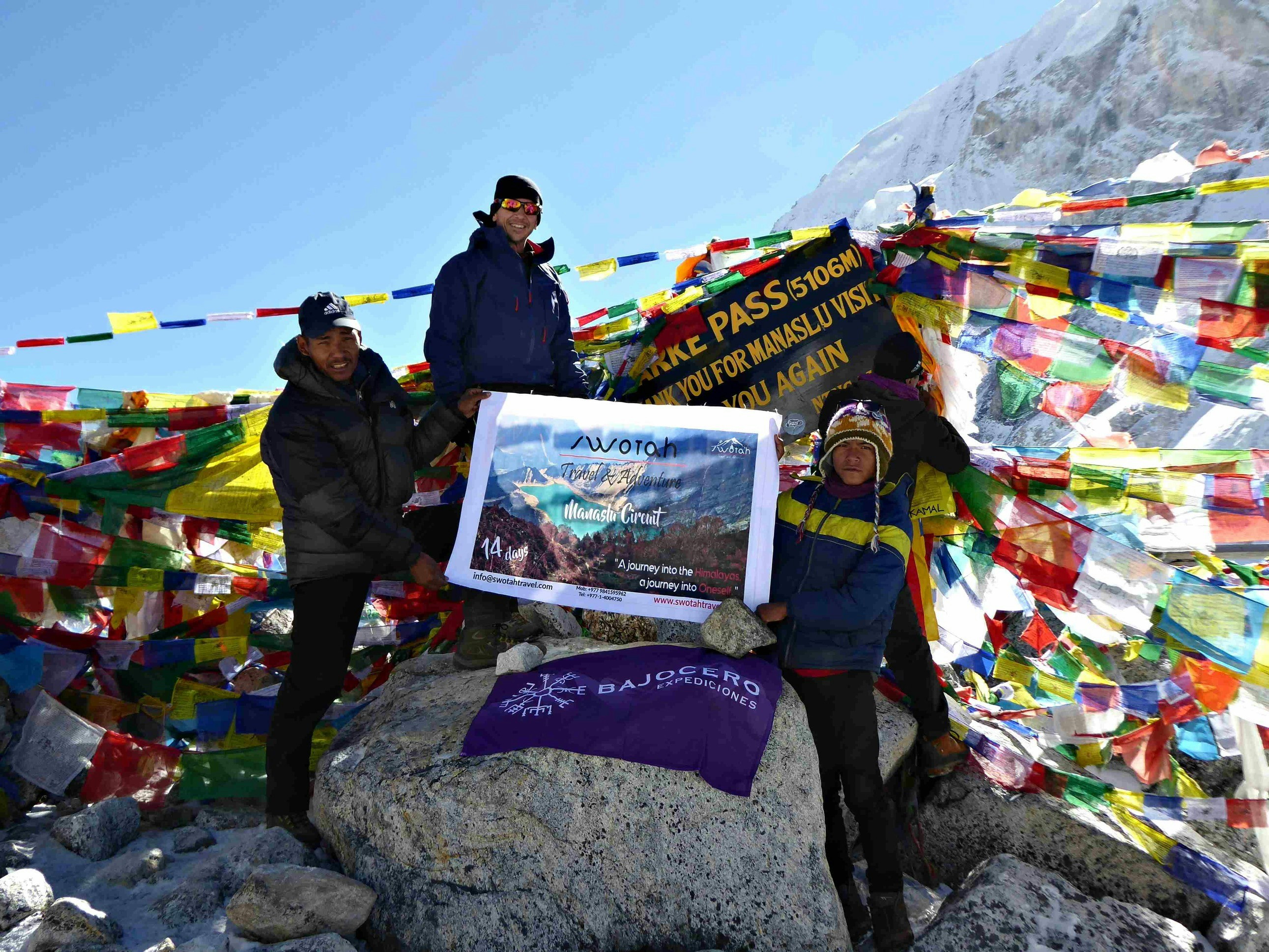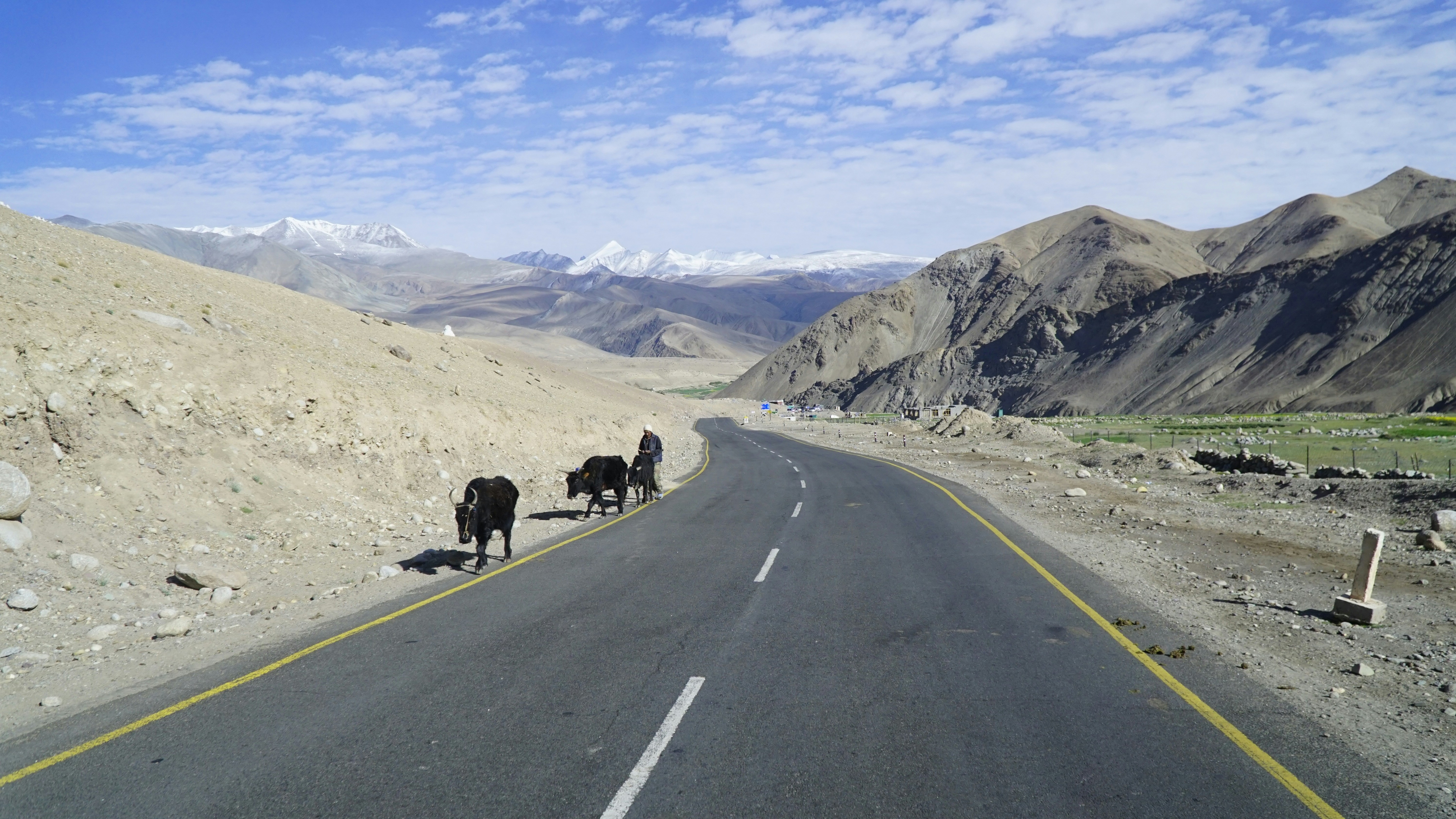Understanding the Tibetan Terrain and Climate
Tibet, often referred to as the “Roof of the World,” presents a unique blend of stunning geographic features and challenging climatic conditions that women trekkers must navigate. The region is characterized by its high elevation, vast plateaus, and dramatic mountain ranges, including the formidable Himalayas. With an average altitude exceeding 4,500 meters (14,800 feet), trekkers will encounter significant elevation changes. This altitude can lead to altitude sickness, making it vital for trekkers to acclimatize properly before embarking on their journeys.
Moreover, the climate in Tibet is largely influenced by its geographical attributes. The region experiences a harsh continental climate with cold temperatures, especially at higher elevations. Summers are generally short and mild, characterized by dry conditions, while winters can be extremely cold, with heavy snowfall in some areas. It is essential for trekkers to be aware of these variations, as sudden weather changes can occur, sometimes within the same day. Therefore, packing appropriate gear, such as layered clothing and waterproof options, is crucial for effectively managing these conditions.
The best time for trekking in Tibet is typically between April and October, as this period offers more favorable weather and trail conditions. During these months, temperatures are milder, and rainfall is less frequent. However, trekkers should remain vigilant about monitoring weather predictions and trail conditions, as localized weather patterns can influence trekking plans. Carrying a reliable weather app or local forecast updates can be invaluable. By understanding the Tibetan terrain and climate, trekkers can better prepare themselves for an enjoyable and safe adventure, ensuring that their journey through this breathtaking landscape is as fulfilling as possible.
Packing Essentials: Gear and Supplies for Women
When embarking on a trekking adventure in Tibet, it is crucial for women to carefully consider their packing essentials to ensure a safe and enjoyable journey. Due to the varied climatic conditions and the rugged terrain of Tibet, having the right gear and supplies can make a significant difference in the overall trekking experience.
First and foremost, one should prioritize lightweight and durable clothing suitable for fluctuating temperatures. Layering is key; therefore, a moisture-wicking base layer, an insulating mid-layer, and a waterproof outer shell are recommended. Trekking pants made of quick-drying materials are advisable, alongside a warm hat and gloves, especially if planning to trek in colder months. It is essential to choose clothing that provides adequate protection while respecting cultural norms, so opting for longer skirts or pants can be beneficial in observance of local customs.
Footwear plays an equally vital role. Well-fitted, sturdy hiking boots with good ankle support are essential for navigating the rugged trails of Tibet. It is advisable to break in your boots prior to the trek to avoid blisters. Additionally, don’t forget to pack thick, high-quality socks designed for hiking—these can prevent discomfort and moisture accumulation.
Hygiene products also require careful consideration. Since access to facilities may be limited in remote areas, packing biodegradable soap, toilet paper, hand sanitizer, and a compact travel towel is necessary for maintaining personal hygiene. Women may also want to include female-specific items, such as menstrual hygiene products, ensuring they are adequate for the duration of the trip.
Finally, personal safety items such as a first-aid kit, a whistle, and a pocket knife can provide peace of mind and assist during unforeseen situations. Attention to these packing essentials will contribute to a successful and enjoyable trekking experience in the beautiful yet challenging landscapes of Tibet.
Staying Safe: Health Tips and Cultural Considerations
Trekking in Tibet presents unique challenges, particularly regarding health and safety. One of the foremost concerns for women trekkers is acclimatization to the high altitudes characteristic of the region. To mitigate the risk of altitude sickness, it is advisable to ascend gradually, allowing your body ample time to adjust. This process may take several days, especially at elevations exceeding 3,000 meters. Understanding the symptoms of altitude sickness, such as headaches, nausea, and dizziness, is crucial. Should these symptoms occur, it is essential to descend to a lower altitude and seek medical assistance if needed.
Staying hydrated is another vital aspect of maintaining health while trekking. At higher altitudes, the body tends to dehydrate more quickly. Trekkers should aim to drink at least two to three liters of water daily and enhance hydration by consuming electrolyte-rich beverages, particularly during extended periods of exertion. It is recommended to avoid excessive alcohol and caffeine consumption, as these can exacerbate dehydration and hinder acclimatization.
Cultural considerations also play a crucial role in ensuring a respectful journey through Tibet. Women trekkers should be aware of the local dress codes, which emphasize modesty. It is advisable to wear clothing that covers shoulders and knees and to avoid tight-fitting or revealing outfits. This approach not only shows respect for cultural practices but also alleviates potential discomfort or misunderstandings while interacting with local communities.
Furthermore, when engaging with locals, it is important to follow social etiquette. Simple gestures like offering a polite greeting, using both hands when giving or receiving items, and respecting personal space can foster positive interactions. Being mindful of cultural norms and values will significantly enhance your trekking experience in Tibet while ensuring a safe and enjoyable journey.
Building Connections: Making the Most of Your Trek
Engagement is a fundamental aspect of any trekking experience, particularly for women adventurers navigating the unique landscapes of Tibet. Connecting with fellow trekkers can significantly enhance your journey, providing both safety and a sense of camaraderie. Joining established trekking groups not only ensures a more secure experience but also allows for the sharing of stories and the formation of meaningful friendships. Many organizations offer women-specific groups, promoting a more comfortable environment where participants can bond over shared experiences and challenges associated with trekking.
In addition to interacting with fellow trekkers, immersing yourself in local culture is an invaluable part of your adventure. Participating in local traditions, attending festivals, and engaging in community events can deepen your understanding of the region and create lasting memories. Tibetan festivals, for example, celebrate their rich heritage and present an excellent opportunity for women trekkers to witness vibrant displays of culture and art. Such interactions not only enrich your trek but also foster connections with the local population, who may offer insights and stories about their traditions and lifestyles.
Engaging with locals is a vital component of the trekking experience in Tibet, as their hospitality can vastly improve your journey. Striking up conversations in local communities or markets can lead to unexpected friendships and provide you with tips about the best trails, local attractions, and even hidden gems away from the tourist paths. Women trekkers should feel empowered to initiate discussions, whether inquiring about local customs or seeking advice on navigating the terrain. Such exchanges not only contribute to personal growth but also create a supportive community among women in adventure travel.
Ultimately, building connections while trekking in Tibet elevates the entire experience, allowing for shared adventures and fostering a spirit of togetherness that transcends geographical and cultural barriers. It is through these interactions that the beauty of travel and adventure truly unfolds.

